25+ SAMPLE Daily Construction Timesheet
-
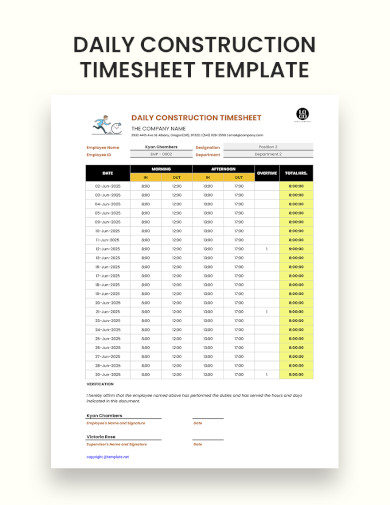
Daily Construction Timesheet
download now -
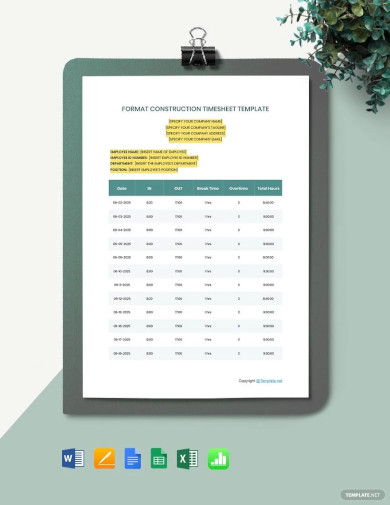
Format Construction Timesheet
download now -

Simple Construction Timesheet
download now -

Weekly Construction Daily Timesheet
download now -
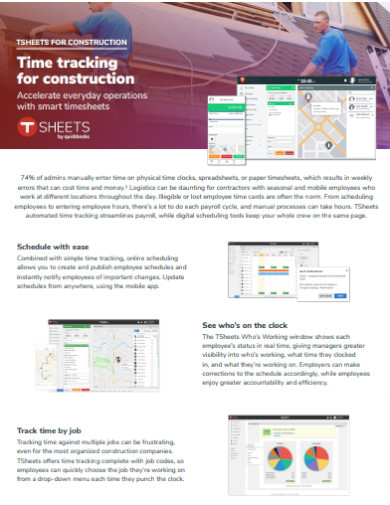
Daily Construction Time Tracking Timesheet
download now -
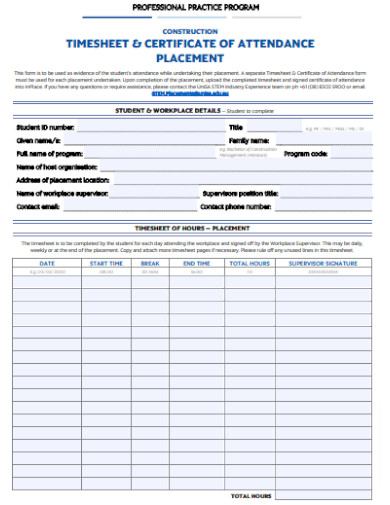
Professional Daily Construction Timesheet
download now -
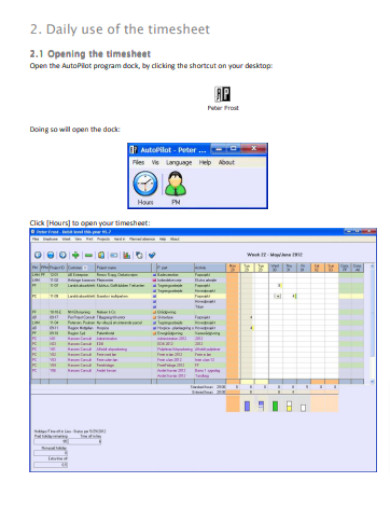
Sample Daily Construction Timesheet
download now -
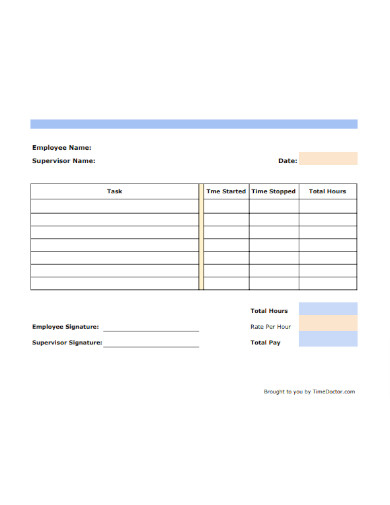
Daily Construction Employees Timesheet
download now -

Daily Construction Manual Timesheet
download now -
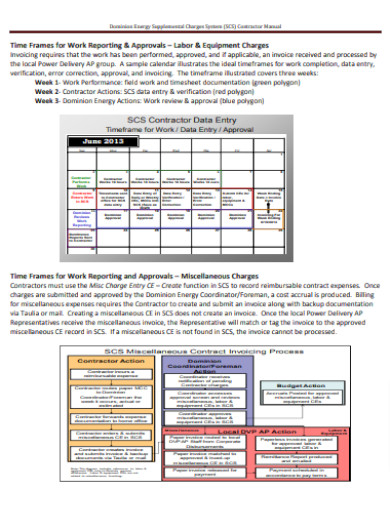
Daily Construction Work Timesheet
download now -
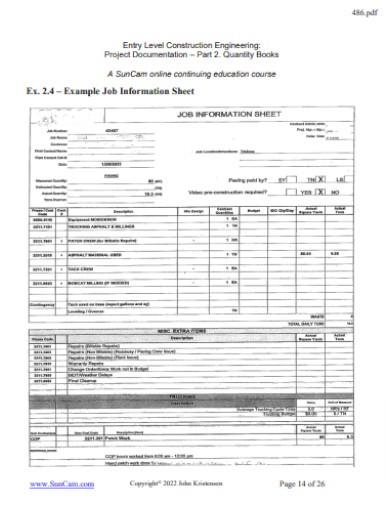
Daily Construction Entry Level Timesheet
download now -

Blank Daily Construction Timesheet
download now -
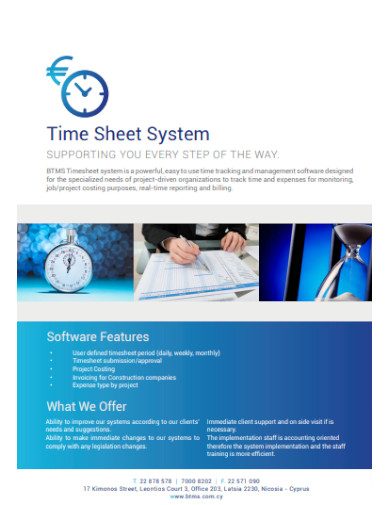
Daily Construction Timesheet Flyer
download now -
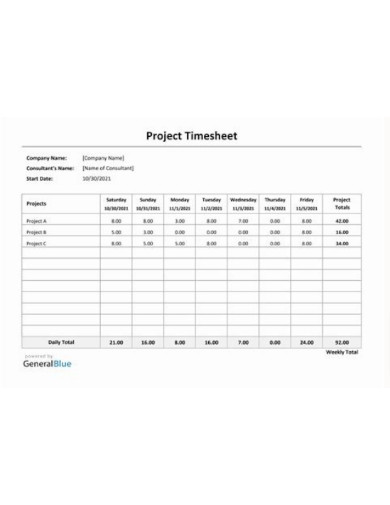
Daily Construction Project Management Timesheet
download now -
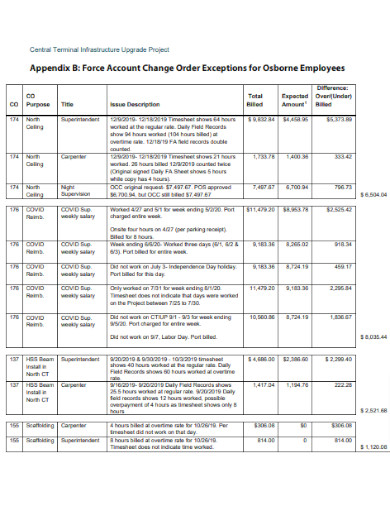
Daily Construction Timesheet Outline
download now -
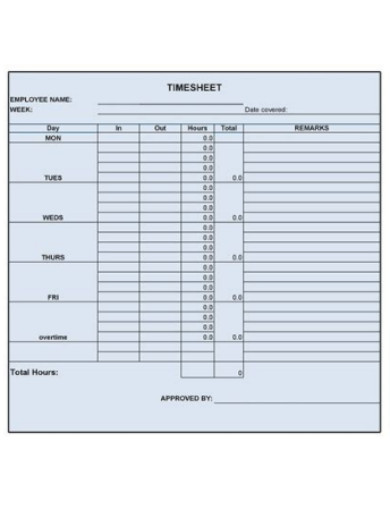
Daily Construction Employee Hours Timesheet
download now -

Daily Construction TimeControl Timesheet
download now -
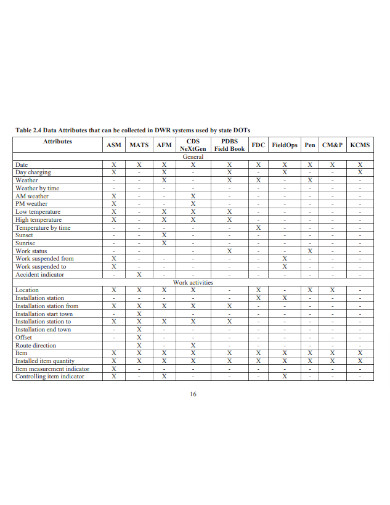
Daily Construction Report Timesheet
download now -
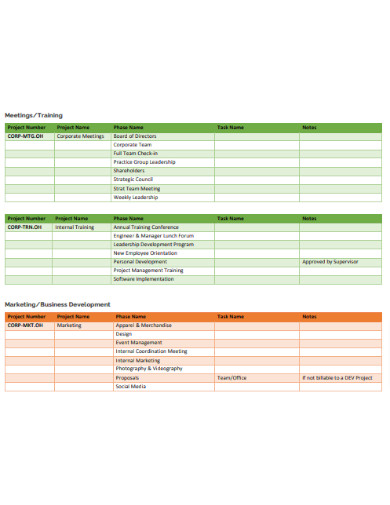
Daily Construction Timesheet Format
download now -
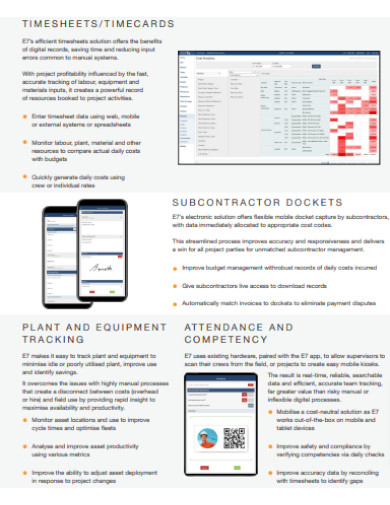
Daily Construction Management Timesheet
download now -
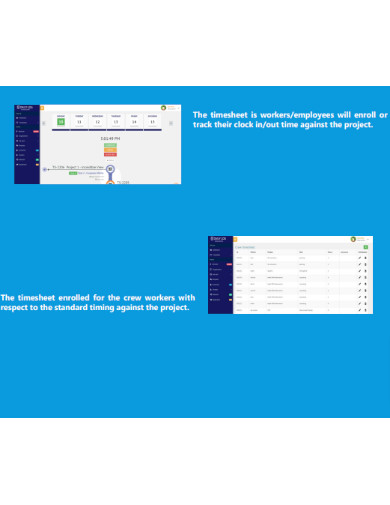
Daily Construction Timesheet Layout
download now -
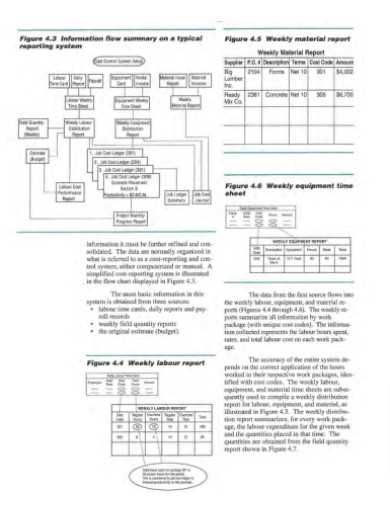
Printable Daily Construction Timesheet
download now -
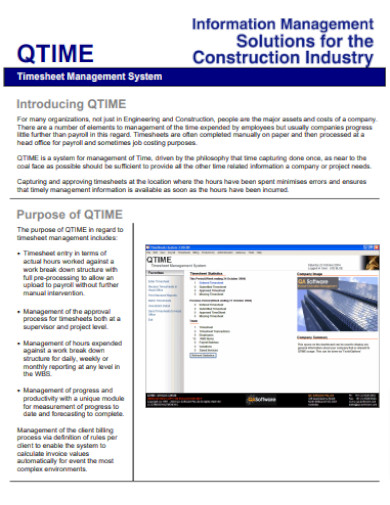
Daily Construction Timesheet Management System
download now -
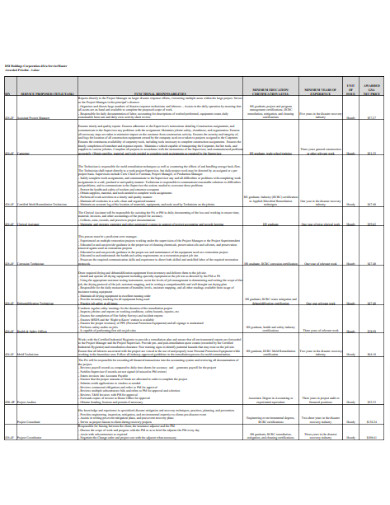
Editable Daily Construction Timesheet
download now -

Basic Daily Construction Timesheet
download now -
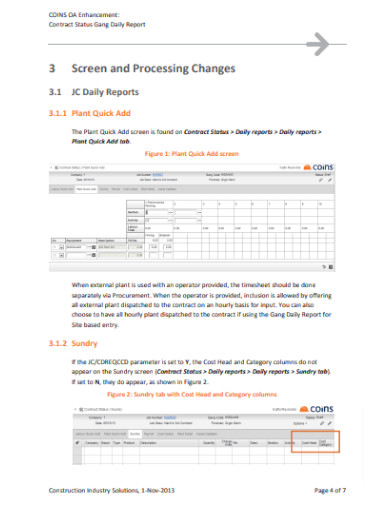
Daily Report Construction Timesheet
download now
FREE Daily Construction Timesheet s to Download
25+ SAMPLE Daily Construction Timesheet
Definition:
Purpose of Daily Construction Timesheets:
Elements of an Effective Timesheet:
Benefits of Using Daily Timesheets in Construction:
Integrating Technology with Timesheets:
Incorporating Timesheets into Daily Routines:
Challenges in Maintaining Daily Timesheets:
Tips for Effective Timesheet Management:
How do daily timesheets enhance accuracy in construction labor tracking?
Which essential details should be included in a daily construction timesheet?
Why is it crucial for supervisors to review timesheets daily?
What digital daily timesheets are becoming a construction industry standard?
When should workers input their hours into a daily construction timesheet?
Definition:
A Daily Construction Timesheet is a documented record used on construction sites to track individual worker’s hours and tasks performed each day. This tool aids in ensuring accurate payroll, monitoring productivity, and managing project timelines. By providing a detailed breakdown of daily activities, it offers a clear snapshot of labor costs and workforce efficiency for construction managers.
Purpose of Daily Construction Timesheets:
Daily timesheets ensure a real-time account of hours worked, allowing managers to identify overtime, monitor project progress, and manage budgets effectively. They also serve as evidence in case of disputes or audits.
- Real-time Tracking: Daily timesheets enable managers and supervisors to monitor work hours in real-time, ensuring accurate accounting of each worker’s efforts.
- Project Management: They provide insights into the progress of specific tasks and overall project milestones, helping managers allocate resources effectively and identify potential delays.
- Accurate Compensation: By tracking the exact hours worked, daily timesheets ensure that workers are compensated appropriately, especially when overtime is involved.
- Budgeting and Cost Control: Timesheets assist in assessing labor costs daily, helping in managing budgets and avoiding overruns.
- Regulatory Compliance: In many jurisdictions, accurate record-keeping of worker hours is a legal requirement. Daily timesheets help in complying with labor laws and avoiding potential legal issues.
- Dispute Resolution: Should any disagreements arise regarding work hours or pay, timesheets serve as a reliable record, facilitating quick resolution.
- Performance Monitoring: Regular tracking can help identify workers who consistently perform well or those who might be struggling, allowing for timely interventions or rewards.
- Safety and Accountability: Knowing who worked, when, and where, can be essential for ensuring safety protocols are followed and for tracing activities in case of incidents.
- Client Transparency: For projects where clients are billed by the hour, daily timesheets provide transparency and justification for billed hours.
- Resource Planning: By analyzing patterns in daily work hours, managers can make informed decisions about hiring or reallocating workforce for future projects.
Elements of an Effective Timesheet:
Diving into the core components of the timesheet, it’s imperative to know what constitutes an effective record.
- Employee Details: This includes the worker’s name, ID or badge number, and their designated role or position.
- Date: Every timesheet should clearly mention the specific day it represents.
- Start and End Times: The exact time the worker started and ended their shift.
- Break Duration: Time taken for lunch or other breaks, ensuring that the total working hours are accurate.
- Total Hours Worked: Automatically calculated based on start, end times, and breaks.
- Overtime: Any hours worked beyond the regular work hours should be marked separately.
- Project or Task Details: Specifics about what the worker was assigned to or what they worked on, such as roofing or foundation.
- Location or Site Details: Particularly crucial for companies managing multiple job sites.
- Supervisor’s Signature or Approval: Confirmation from a higher-up that the timesheet has been reviewed and is accurate.
- Employee Signature: The worker’s confirmation that their reported hours are correct.
- Notes or Comments Section: Space for any additional notes, observations, or anomalies encountered during the shift.
- Job Code or Task Code: For more extensive operations, specific codes can help in further categorizing and analyzing work.
- Safety Protocols Adhered: A checklist ensuring that all safety measures were followed for the day.
- Equipment Used: Details on machinery or tools used, which can be crucial for cost allocation and safety checks.
- Materials Consumed: Especially important if the worker is responsible for using certain materials daily. It aids in inventory management.
- Digital Verification: In the case of digital timesheets, time-stamped logins, and logouts can serve as verification.
Benefits of Using Daily Timesheets in Construction:
Harnessing the power of daily timesheets goes beyond mere time tracking.
Real-Time Tracking and Oversight:
Daily timesheets enable project managers to gain a real-time understanding of workforce deployment, ensuring that resources are utilized optimally.
Enhanced Accountability:
With daily logging, workers become more accountable for their time, leading to improved productivity and adherence to project schedules.
Efficient Payroll Processing:
Accurate daily tracking facilitates seamless payroll processing, ensuring that workers are compensated accurately for hours worked, including any overtime.
Swift Dispute Resolution:
Having a detailed record of hours and tasks reduces the chances of disputes related to pay or work allocation, and if they arise, they can be resolved quickly.
Safety and Compliance Monitoring:
Regular logging encourages adherence to safety protocols. It can also be used to track any incidents, ensuring compliance with industry regulations.
Optimal Resource Allocation:
By analyzing timesheet data, managers can identify areas where resources might be under or over-utilized, allowing for better project planning.
Project Progress Tracking:
Daily timesheets provide insights into the tasks completed, helping in tracking the project’s progress against its timeline.
Evidence for Audits or Inspections:
In case of audits or inspections, daily records act as tangible evidence of work done, hours logged, and safety protocols followed.
Integrating Technology with Timesheets:
In the age of digitalization, manual timesheets are gradually becoming a thing of the past. Today’s software solutions offer automated tracking, real-time updates, and integration with other project management tools. Embracing digital timesheet solutions can streamline operations, reduce errors, and offer a more comprehensive view of the project’s progress.
Digital Transformation:
Embracing technology transforms traditional paper timesheets into dynamic, digital tools. These modern platforms offer real-time data access, analytics, and easier integration with other systems.
Mobile Applications:
With mobile timesheet apps, workers can log their hours on-the-go, right from the job site. This allows for real-time entry, reducing errors that come from recalling hours after-the-fact.
GPS Tracking:
Some advanced timesheet systems incorporate GPS tracking, verifying the location of the workers when they log their hours. This adds an additional layer of accountability and transparency.
Cloud Storage:
Storing timesheet data on the cloud ensures easy access from anywhere, simplified backups, and robust data security. It also facilitates seamless sharing among authorized personnel.
Analytics and Reporting:
Modern systems offer analytical tools that process timesheet data to generate insights. This can help in forecasting, budgeting, and identifying areas for improvement.
Biometric Integration:
To enhance authenticity, some digital timesheets are integrated with biometric systems. This ensures that the right person is logging the hours without any proxy entries.
Real-time Approvals:
Supervisors and managers can review and approve timesheets in real-time, streamlining the approval process and reducing delays.
Enhanced Security:
Digital timesheets come with encryption and advanced security measures, ensuring that sensitive employee data and project details remain confidential and protected.
Incorporating Timesheets into Daily Routines:
For timesheets to be effective, they need to be seamlessly integrated into daily routines. This involves:
Consistency is Key:
For timesheets to be effective, they need to be an integral part of the daily routine. Workers should develop the habit of logging their hours at the same time each day, whether it’s the start, middle, or end of their shift.
Start with Training:
Before fully implementing timesheets, provide adequate training sessions for all employees. Make them understand the importance, how to fill them out, and the repercussions of inaccurate entries.
Easy Access:
Ensure that timesheet systems, whether paper or digital, are easily accessible. For digital platforms, mobile apps can be particularly effective as they allow on-site workers to record their hours immediately.
Morning Reminders:
A brief morning reminder, whether through a supervisor, a mobile notification, or even a posted notice, can prompt workers to log their previous day’s hours if they haven’t done so already.
Link with Breaks:
Associate timesheet completion with other daily routines, such as taking lunch breaks. Before or after breaks can be an excellent time for workers to reflect and record their tasks.
Quick Review Sessions:
Supervisors should have quick daily check-ins, not only to discuss the day’s tasks but also to ensure timesheets are being filled accurately.
Designate a Timesheet Monitor:
Appointing a person or a team to oversee timesheet compliance can help. This individual can provide reminders, offer assistance, and ensure consistency in timesheet submissions.
Reward Timely Submissions:
Incentivize the process by rewarding those who consistently submit their timesheets on time. This could be in the form of small bonuses, additional break time, or even monthly recognitions.
Challenges in Maintaining Daily Timesheets:
Human Errors:
Even with the best intentions, manual entries can lead to inaccuracies. Misremembered hours, incorrectly logged tasks, or even simple mathematical errors can compromise the integrity of the data.
Consistency Issues:
Maintaining the discipline of daily logging can be challenging. Employees might forget, feel they’re too busy, or simply neglect the task, leading to inconsistencies.
Time-Consuming:
For large teams, or particularly busy days, logging timesheet data can feel cumbersome and time-log consuming, detracting from actual construction work.
Technological Hurdles:
While digital platforms can streamline the process, they also come with challenges. These might include software glitches, learning curves for less tech-savvy workers, or issues with syncing data across devices.
Backup and Storage Concerns:
For digital timesheets, there’s a need for robust backup systems to prevent data loss. With paper, there’s a challenge of storing and managing physical copies efficiently.
Tips for Effective Timesheet Management:
Clear Communication:
Ensure that all workers understand the importance of accurate timesheet recording. Conduct regular training sessions and discussions on the relevance and benefits of timesheets to both the employee and the company.
Regular Deadlines:
Set specific times for timesheet submissions, such as the end of each day or the beginning of the next. This ensures data is fresh and reduces the likelihood of forgotten entries.
Review and Verification:
Supervisors should regularly review timesheets for inconsistencies or anomalies. This not only checks for errors but also deters dishonest logging.
Easily Accessible:
Ensure that the timesheet system, especially if digital, is accessible from various devices and locations. This flexibility encourages timely entries, even when workers are off-site.
Maintain Backups:
Regularly back up timesheet data. For digital systems, ensure cloud backups are frequent and secure. For physical timesheets, consider scanning and storing digital copies.
How do daily timesheets enhance accuracy in construction labor tracking?
Daily timesheets provide real-time data on labor hours, ensuring precise tracking of each worker’s activities. This immediacy reduces memory-based errors, streamlines payroll processing, and offers a detailed snapshot of manpower allocation, enhancing overall accuracy in construction labor tracking.
Which essential details should be included in a daily construction timesheet?
A daily construction timesheet should include worker’s name, date, job site location, specific tasks performed, start and end times, total hours worked, overtime, breaks, equipment used, and supervisor’s approval. It may also note any incidents or special observations for the day.
Why is it crucial for supervisors to review timesheets daily?
Supervisors reviewing timesheets daily ensures accuracy in recorded hours, prompt identification of discrepancies, timely addressing of potential issues, and consistent labor cost tracking, which contributes to efficient project management and prevents potential disputes or delays in payment.
What digital daily timesheets are becoming a construction industry standard?
Digital platforms like Procore, TSheets, ClockShark, and BuilderTREND are becoming industry standards in construction. These tools offer real-time tracking, integration with other software, mobile access, and advanced reporting, streamlining daily timesheet management and enhancing project efficiency.
When should workers input their hours into a daily construction timesheet?
Workers should input their hours into a daily construction timesheet at the end of their shift or workday. Immediate recording ensures accuracy, minimizes forgetfulness, and allows for prompt review and approval by supervisors, enhancing overall project management.
In conclusion, a daily construction timesheet is indispensable for precise time-tracking and optimizing workforce productivity on construction sites. By accurately documenting hours and tasks, these timesheets safeguard against billing discrepancies while offering valuable insights. Embracing this tool is a step forward in ensuring construction projects remain on track and within budget. Harness its potential to boost your construction management efficiency.
